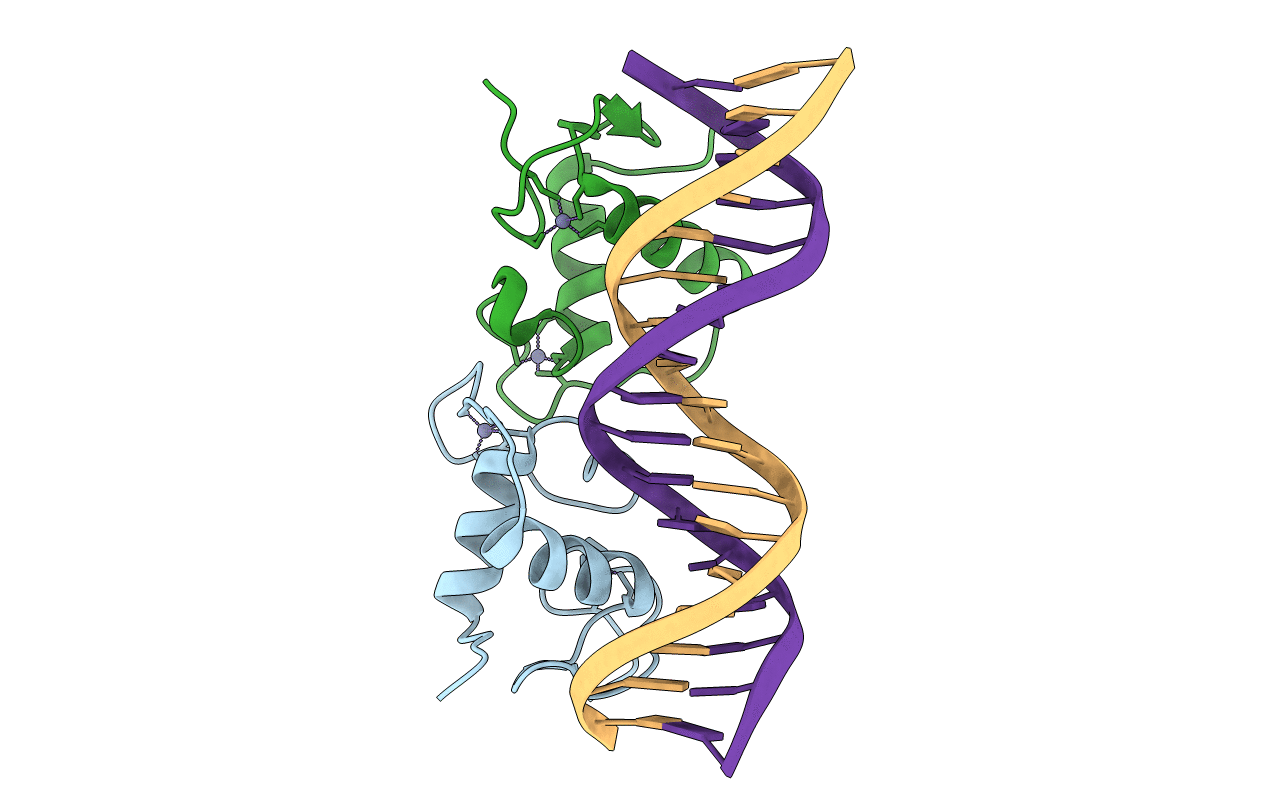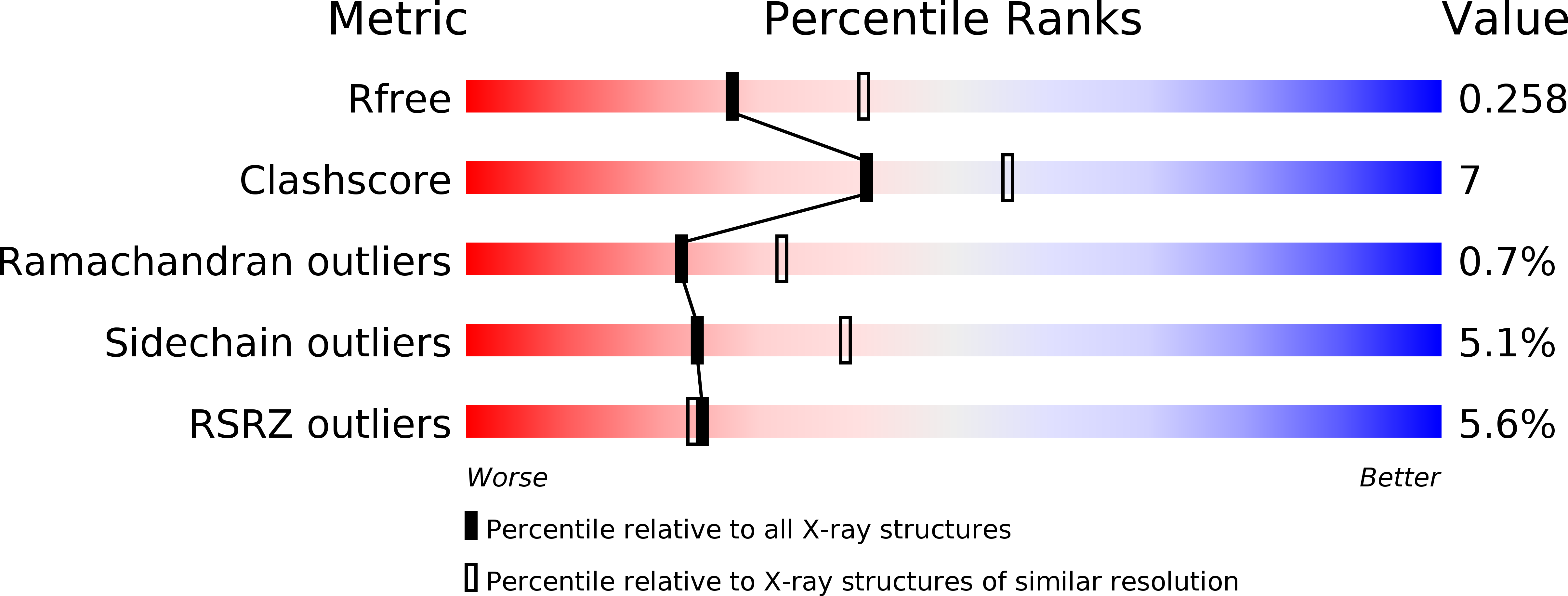
Deposition Date
2014-06-04
Release Date
2014-09-17
Last Version Date
2023-12-27
Entry Detail
PDB ID:
4TNT
Keywords:
Title:
Structure of the human mineralocorticoid receptor in complex with DNA
Biological Source:
Source Organism:
Homo sapiens (Taxon ID: 9606)
synthetic construct (Taxon ID: 32630)
synthetic construct (Taxon ID: 32630)
Host Organism:
Method Details:
Experimental Method:
Resolution:
2.39 Å
R-Value Free:
0.25
R-Value Work:
0.20
R-Value Observed:
0.21
Space Group:
C 2 2 21


